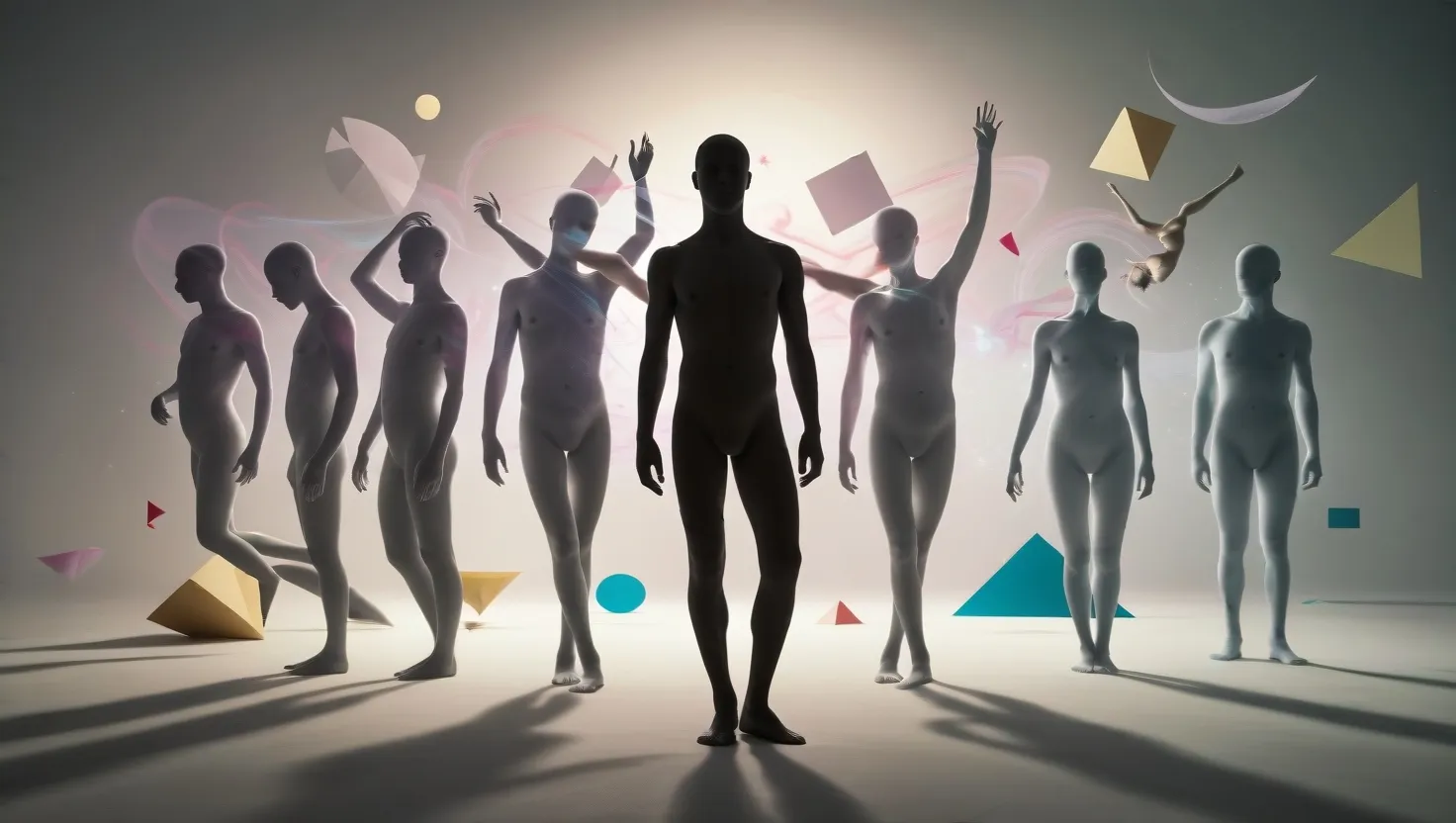The Roman army, two thousand years ago, was unparalleled in its mastery of warfare technology and tactics. Their main weapon, the Gladius, was a sword about 18 inches long, designed primarily for stabbing. This lethal piece of weaponry was complemented by the Pilum, a spear that could be thrown with deadly accuracy from a distance. The Pilum had a clever design: a strong iron tip and a deliberately weaker wooden shaft. When it struck an enemy’s shield, the tip penetrated, but the shaft bent, rendering it useless for the enemy to throw back.
Protection was just as critical as offense for the Romans. Early soldiers wore chain mail, known as Lorica Hamata. It was effective but heavy and not completely reliable against arrows. The Romans later developed Lorica Segmentata, a lighter, articulated plate armor offering better mobility and protection. This innovation was akin to modern football pads, distributing the impact of blows to protect the wearer.
Roman soldiers also utilized sophisticated tactics, such as the Testudo formation, which resembled a tortoise. Soldiers would lock their shields together to form a robust defensive wall—an effective strategy both in attack and defense.
The Romans didn’t stop at personal weaponry; they developed impressive artillery as well. The Scorpion, a kind of crossbow, fired iron-tipped bolts with deadly accuracy. During sieges, they deployed the Onager and the Ballista, massive stone-throwers that could break down enemy walls and induce terror with their sheer destructive power.
The Onager worked like a catapult, hurling stones with a single arm mechanism, while the Ballista, a larger version of the Scorpion, could launch significant projectiles from safe distances. Both artillery pieces used advanced engineering and materials like twisted sinew ropes to store and release powerful kinetic energy.
Altogether, the Roman military’s combination of innovative weaponry and strategic brilliance secured their dominance in Europe for centuries, influencing warfare tactics for millennia to come.






